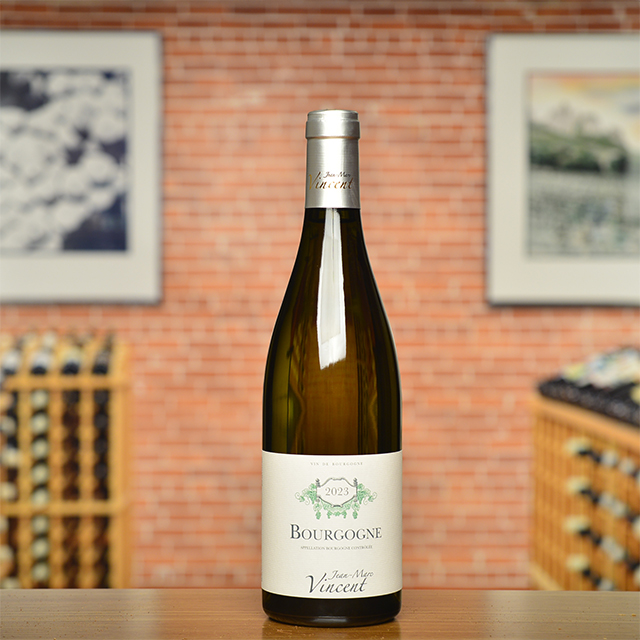Notify me
2021 Valle d’Itria Spumante Brut
I Pástini
Puglia is probably not the first place you would expect to find a delicate sparkler like this one, but the region’s indigenous grapes allow for a surprising diversity of styles in Italy’s deep south. Verdeca, a specialty around the town of Locorotondo, stars in this bottling that drinks like a southern Prosecco: light, crisp, and citrusy, with a playful bead that keeps the palate cleansed and refreshed. Verdeca’s aromas of herbs and flowers come through with total charm in this bottle, which would be the perfect companion to a plate of fried little sea critters.
—Anthony Lynch
| Wine Type: | sparkling |
| Vintage: | 2021 |
| Bottle Size: | 750mL |
| Blend: | Verdeca |
| Appellation: | Valle d’Itria IGP |
| Country: | Italy |
| Region: | Puglia |
| Producer: | I Pástini |
| Winemaker: | Gianni Carparelli |
| Vineyard: | 3 ha, planted in 2001 |
| Soil: | Red clay, limestone |
| Aging: | Aged in bottle for 1 month |
| Farming: | Organic (certified) |
| Alcohol: | 12% |
More from this Producer or Region

2024 Valle d’Itria Spumante Brut
Italy | Puglia
Verdeca, a specialty around the town of Locorotondo, stars in this bottling that drinks like a southern Prosecco: light, crisp, and citrusy, with a playful bead.

2024 Valle d’Itria Bianco “Faraone”
Italy | Puglia
A crisp white wine from a hot climate almost seems like a magical impossibility, yet here’s one, and a delicious one at that.

2024 Valle d’Itria Minutolo “Rampone”
Italy | Puglia
December Club Bianco ~ Crafted from the local variety Minutolo, Pástini’s Rampone preserves lip-smacking acidity and low alcohol despite the baking-hot Puglian summers

2024 Valle d’Itria Rosato “Le Rotaie”
Italy | Puglia
A delicious aperitivo, it can seamlessly pair with anything you throw its way.
 /
/
About The Producer
I Pástini
I Pástini is a small, family-run winery in the Valle d’Itria in eastern central Puglia. Founded by Gianni Carparelli and his father Donato, they grow three local white grapes, Verdeca, Bianco d’Alessano, and Minutolo, and the local red grape, Susumaniello, on land their ancestors worked: a beautiful limestone plateau overlooking the Adriatic Sea that is co-planted to ancient, (multi-millennia old!), olive groves.
After vinifying their wines in a neighbor’s cantina for a number of years they built their own winery and cellars, which came online in 2012. They are currently nearing the end of their organic conversion in the vineyards and will be certified organic starting with the 2019 vintage.
About The Region
Puglia

Puglia is Italy’s second most prolific wine-producing region (after the Veneto) and for decades was known as a source of bulk wine. But today, the heel of the boot is more than ever focused on quality, as ambitious growers seek to take advantage of the area's abundant natural riches to produce wines of character and identity. The hot, dry climate and marine influence from the long Adriatic coastline predispose Puglia to growing high-quality fruit, while a wealth of fascinating indigenous grape varieties thrive in these conditions. Changing fashion and a growing respect for the region's mostly calcareous terroirs have breathed fresh air into the Puglian wine scene, and with more than thirty distinct appellations, it is home to a tremendous variety of styles.
While the region is best known for inky, concentrated reds from grapes such as Primitivo and Negroamaro, the first KLWM Puglian imports are in fact white wines—aromatic charmers made from native varieties including Verdeca and the rare Minutolo. They hail from central Puglia’s Valle d’Itria, a plateau that shares a relatively flat topography and limestone soils with the Salento peninsula in the south. The north, in contrast, is hillier and features grapes more common to southern and central Italy including Montepulciano, Sangiovese, and Trebbiano.
Puglian wines are the product of intense southern sunshine and an ancient history of viticulture. With other local specialties including olive oil and burrata, the region has enormous potential for delicious combinations.
More from Puglia or Italy
2021 Barolo “La Tartufaia”
Giulia Negri Italy | Piedmont
2024 Dolcetto d’Alba “V. Pari”
Guido Porro Italy | Piedmont
2008 Brunello di Montalcino
Poggio di Sotto Italy | Tuscany
2024 Valle d’Itria Rosato “Le Rotaie”
I Pástini Italy | Puglia
2022 Isola dei Nuraghi Rosso “Oberaìa”
Deperu Holler Italy | Sardinia
2024 Valle d’Itria Bianco “Faraone”
I Pástini Italy | Puglia
2024 Valle d’Itria Spumante Brut
I Pástini Italy | Puglia
2018 Barolo “Vigna Rionda”
Guido Porro Italy | Piedmont
2024 Valle d’Itria Minutolo “Rampone”
I Pástini Italy | Puglia
2024 Lambrusco Grasparossa di Castelvetro “Monovitigno”
Fattoria Moretto Italy | Emilia-Romagna
2017 Alzero Cabernet
Giuseppe Quintarelli Italy | Veneto
2021 Alto Adige Pinot Nero “Filari di Mazzon”
Ferruccio Carlotto Italy | Alto Adige
2021 Barolo “La Tartufaia”
Giulia Negri Italy | Piedmont
2024 Dolcetto d’Alba “V. Pari”
Guido Porro Italy | Piedmont
2008 Brunello di Montalcino
Poggio di Sotto Italy | Tuscany
2024 Valle d’Itria Rosato “Le Rotaie”
I Pástini Italy | Puglia
2022 Isola dei Nuraghi Rosso “Oberaìa”
Deperu Holler Italy | Sardinia
2024 Valle d’Itria Bianco “Faraone”
I Pástini Italy | Puglia
2024 Valle d’Itria Spumante Brut
I Pástini Italy | Puglia
2018 Barolo “Vigna Rionda”
Guido Porro Italy | Piedmont
2024 Valle d’Itria Minutolo “Rampone”
I Pástini Italy | Puglia
2024 Lambrusco Grasparossa di Castelvetro “Monovitigno”
Fattoria Moretto Italy | Emilia-Romagna
2017 Alzero Cabernet
Giuseppe Quintarelli Italy | Veneto
2021 Alto Adige Pinot Nero “Filari di Mazzon”
Ferruccio Carlotto Italy | Alto Adige
Kermit once said...

Kermit once said...
Great winemakers, great terroirs, there is never any hurry. And I no longer buy into this idea of “peak” maturity. Great winemakers, great terroirs, their wines offer different pleasures at different ages.
Inspiring Thirst, page 312














